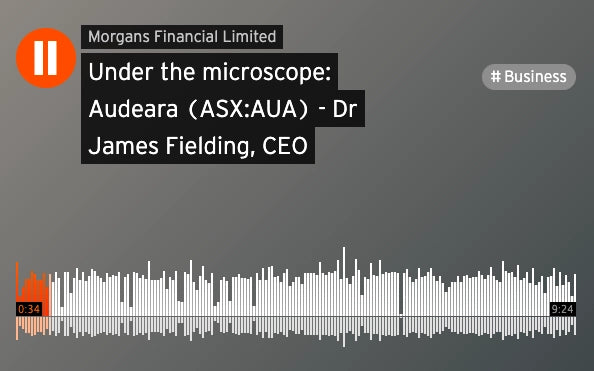These tiny bones are the first in our body to harden and are fully developed by the time we are born! Nearly floating in space, they are suspended in our middle ear, an air-filled cavity, by a series of tiny muscles and ligaments.
What do the stapes do?
The malleus (hammer), incus (anvil) and stapes (stirrup) work together and form a chain of vibration to transmit sound from the tympanic membrane (our eardrum) through to the fluid of our inner ear. The stapes is the last in the process of these tiny bones that connect the middle ear to the inner ear.
What happens when sound reaches your ear?
When a sound travels into our ear, it hits the tympanic membrane first causing its drum-like surface to move back and forward. This starts the chain of vibration on the other side, from the malleus, to the incus and eventually the stapes.
The stapes pushes against another, very thin membrane (the oval window) which causes the fluid in our cochlea to move. This changes the sound from a vibration into an electrical impulse that can then be sent on to the brain to tell it what we hear.
The role of the ossicles
Not only do the ossicles work to transfer sound, they also make it louder. The tympanic membrane has a surface area much bigger than the tiny area of the stapes ‘foot’ that transfers the sound to the oval window. This means that the force of vibration at the end of the ossicular chain is greater than when it entered.
While generally pretty protected, like any bone, our ossicles can break. This can create a hearing loss, either permanent or temporary.
Ossicular chain discontinuity is the term professionals use to describe anything that is stopping our ossicles from working correctly. This might be a genetic condition that causes the ossicles to fuse together, a knock to the head that moves them out of place, or an infection or fluid in our middle ear cavity that stops them moving properly.
While these conditions can typically be prevented and managed, they can also be tricky to diagnose. This is why it is important to have your hearing checked regularly.
How often should you have your hearing checked?
While we might not expect an issue with our ossicles specifically, it is still very important to check your hearing regularly.. A baseline hearing assessment is recommended if you have had any exposure to loud noises, if you have a family history of hearing loss or as soon as you begin to notice any change. A baseline assessment is useful anytime but is most recommended after about 40-50 years of age. After this, regular hearing checks can help you ensure you are not missing out.
Screening tools such as Audeara, can be used to track changes over time and program any changes that do occur to ensure you are getting the most out of your music and entertainment.
Read more about Audeara, or get in touch with one of our valued clinic partners here.




